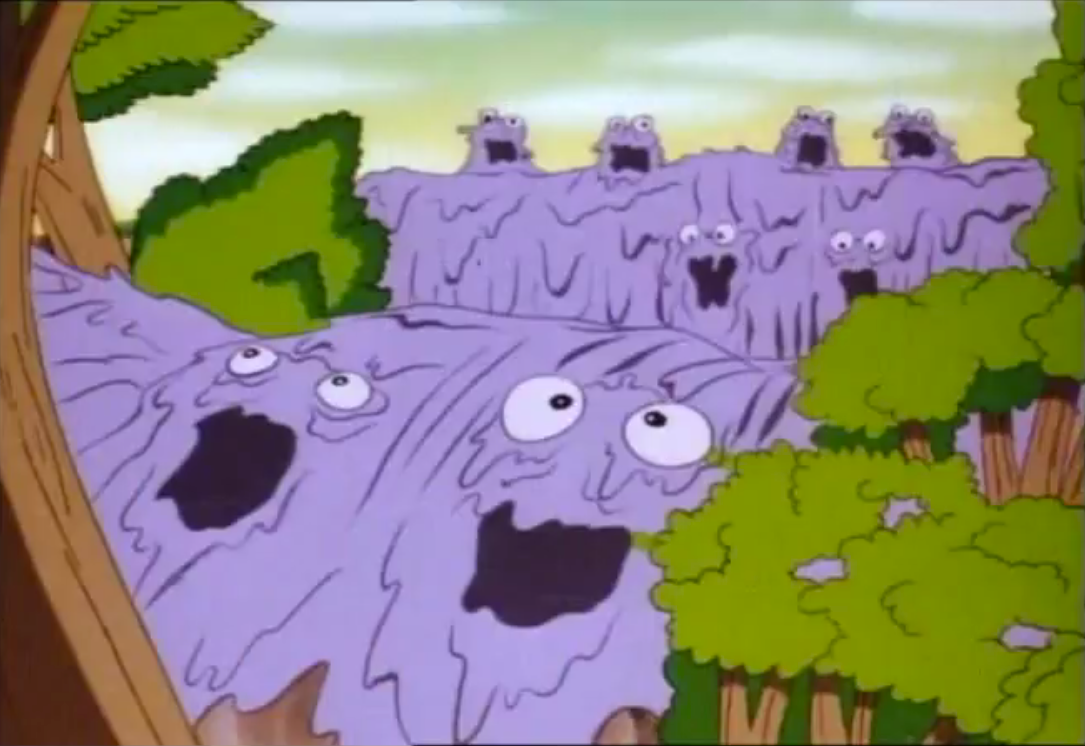
Just as the etymology of a given word can augment our reading of the poems and novels in which that word appears, the origin of a colour shapes the meaning of the masterpieces in which it features. This is the thing about colour: it never forgets. It wasn't long before artists were reaching for Prussian Blue (so christened after the region of its serendipitous concoction) with both hands, lacing their works with fresh levels of mystery and intrigue. Soon, the two were staring with astonishment at what was bubbling back at them in the cauldron: nothing remotely red at all, but a deep shimmering blue that could rival the resplendence of ultra-expensive ultramarine, which for centuries had been prized as a precious pigment far dearer than gold. Born in Frankenstein's Castle three decades earlier, Dippel (who, some suspect, inspired Mary Shelley's Doctor Frankenstein) was about to discard his botched brew of soggy wood ash and bovine blood when the dye-maker with whom he shared his workshop suddenly stopped him.įresh out of scarlet dye, the colour-maker grabbed Dippel's rejected solution, chucked in a few fistfuls of crushed crimson beetles, threw the pot back on the fire, and started stirring. It all started when a German occultist by the name of Johann Konrad Dippel bungled a recipe for an illicit elixir that he believed could cure all human ailments. Had it not been for an accident in an alchemist's lab in Berlin in 1706, such works, and countless others besides by Edgar Degas and Claude Monet, would never have pulsed with such enduring mystery or power. Colour, we discover, is never what it seems.Ĭonsider, for instance, Prussian Blue, the captivating hue that unexpectedly connects Hokusai's The Great Wave off Kanagawa, 1831, with Pablo Picasso's The Blue Room, 1901. This fascinating and forgotten language that paintings and sculptures use to speak to us is the subject of my new book, The Art of Colour: The History of Art in 39 Pigments. These histories unlock surprising layers in masterpieces we thought we knew by heart. Every colour we encounter in a great work of art, from the ultramarine that Johannes Vermeer wove into the turban of his Girl with a Pearl Earring to the volatile vermillion that inflames the fiery sky of Edvard Munch's The Scream, brings with it an extraordinary backstory. This article is part of Project Moves and Abilities, a Bulbapedia project that aims to write comprehensive articles on two related aspects of the Pokémon games.Colours have minds of their own. Gigantamax Grimmsnarl releases a beam of dark energy from either side of his head at the opponent. The Gigantamaxed user fires two beams of dark energy at the opponent.


Gigantamax Grimmsnarl can use G-Max Snooze if it knows a damaging Dark-type move. The user lets loose a huge yawn that lulls the targets into falling asleep on the next turn. Its power and whether it is a special or physical move depends on the move it is based on.Ī Dark-type attack that Gigantamax Grimmsnarl use. This additional effect is not considered one for purposes of Serene Grace or Sheer Force. G-Max Snooze inflicts damage and has a 50% chance of making the target drowsy, causing it to fall asleep the next turn, unless it switches out or already has a non-volatile status condition. Pokémon Brilliant Diamond and Shining Pearl.


 0 kommentar(er)
0 kommentar(er)
